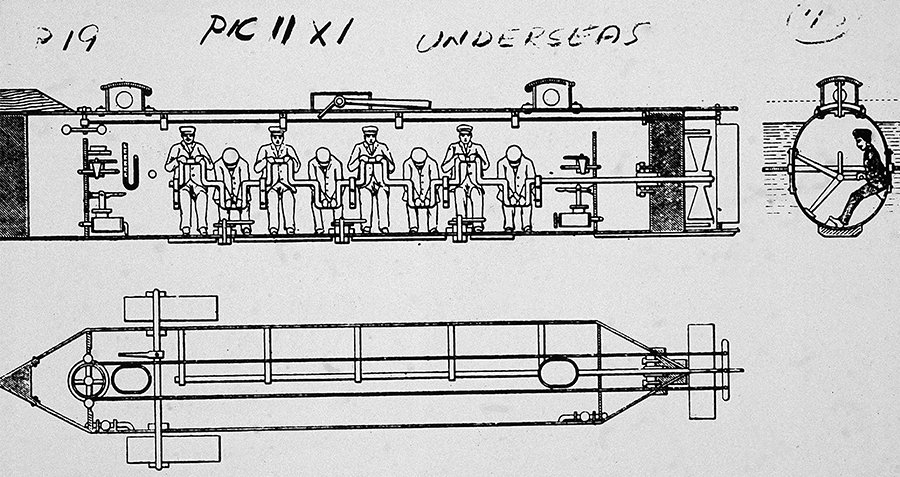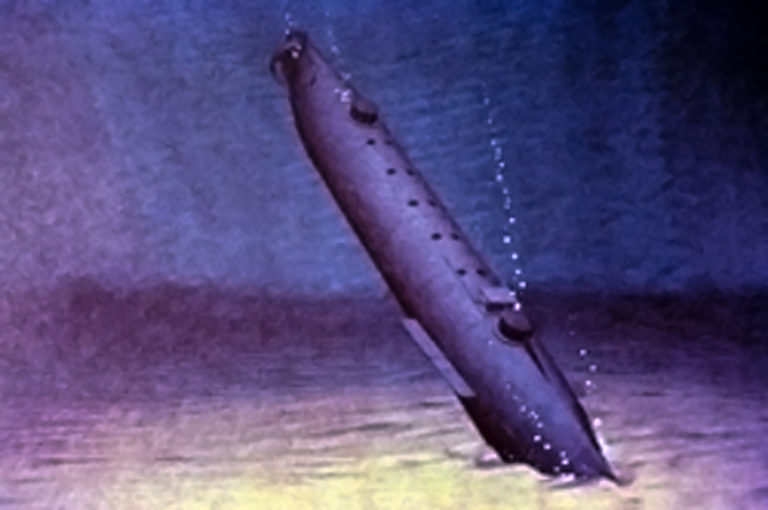

HUNLEY SUBMARINE PLANS HOW TO
The engineering study analyzed the metal and the findings were used to determine how to remove the Hunley from its support slings without damaging the submarine.

This work, though necessary, impacted the submarine’s structural integrity. This led to the removal of approximately 11 tons of sediment that encased the Hunley crew’s remains and personal belongings. During excavation, four semi-hemispherical hull plates were taken off to allow access to the crew compartment. To move the Hunley upright, an engineering study and strength evaluation of the structure was completed. She remained resting in this cradle of slings at a 45-degree angle for many years, which meant the entire right under-side of the submarine was almost impossible to access. During the process of recovery, the underneath of the submarine was systematically excavated and slings were installed beneath the submarine one by one to safely lift her from the ocean floor. When the Hunley was found, she was resting at a 45-degree angle with her starboard side on the seabed. The plan was divided into three major phases, two of which have already been completed. The 171-page document outlines an innovative process for conserving the Hunley and includes preliminary findings on ground-breaking research that could revolutionize the field of maritime conservation.

We worked with experts world-wide to make sure the plan would be appropriate for an artifact as historically important as the Hunley,” according to conservator Paul Mardikian, one of the key architects of the plan. Years of research, testing, and planning went into developing the Hunley Conservation Plan, which was submitted to and approved by the United States Navy. The Hunley is a unique artifact, and very few maritime objects with such an intricate and complex construction have ever been conserved.

When excavation began in 2001, the conservation team quickly discovered they faced a daunting task. This interim solution bought scientists the time they needed to excavate and develop a plan to ensure the submarine’s survival. The Hunley needed this protection otherwise, she would rapidly begin to rust and deteriorate.
HUNLEY SUBMARINE PLANS FULL
To reach this point was a decade-long journey that began on August 8 th, 2000.Īfter the Hunley was recovered in 2000, she was placed in a 75,000-gallon tank designed to protect the world’s first successful combat submarine until a full conservation treatment could be conducted. Today, hundreds of personal artifacts from the crew have already been conserved and a plan is well-underway to save the submarine itself. It has been a time-consuming process, but worth the wait as the team is saving our nation’s rich maritime history. Working with Clemson University, the conservation team has managed to overcome these many challenges. Each of these elements required different conservation techniques and specific, specialized treatment. Additionally, the excavation of the crew compartment produced a large array of fascinating artifacts from the 19 th century, some made of cloth, glass, silver, and leather. The Hunley is a unique, complex artifact, therefore there was no “textbook” approach to follow for the submarine’s conservation. Unprotected in open air, her hull would rapidly rust and collapse.įinding a way to reverse the corrosion damage has been a major challenge for conservators. The salts weakened the structure and rendered the once strong iron submarine vulnerable to air exposure on land. While the Hunley rested on the floor of the ocean for over a century, salt water slowly penetrated her iron skin.


 0 kommentar(er)
0 kommentar(er)
